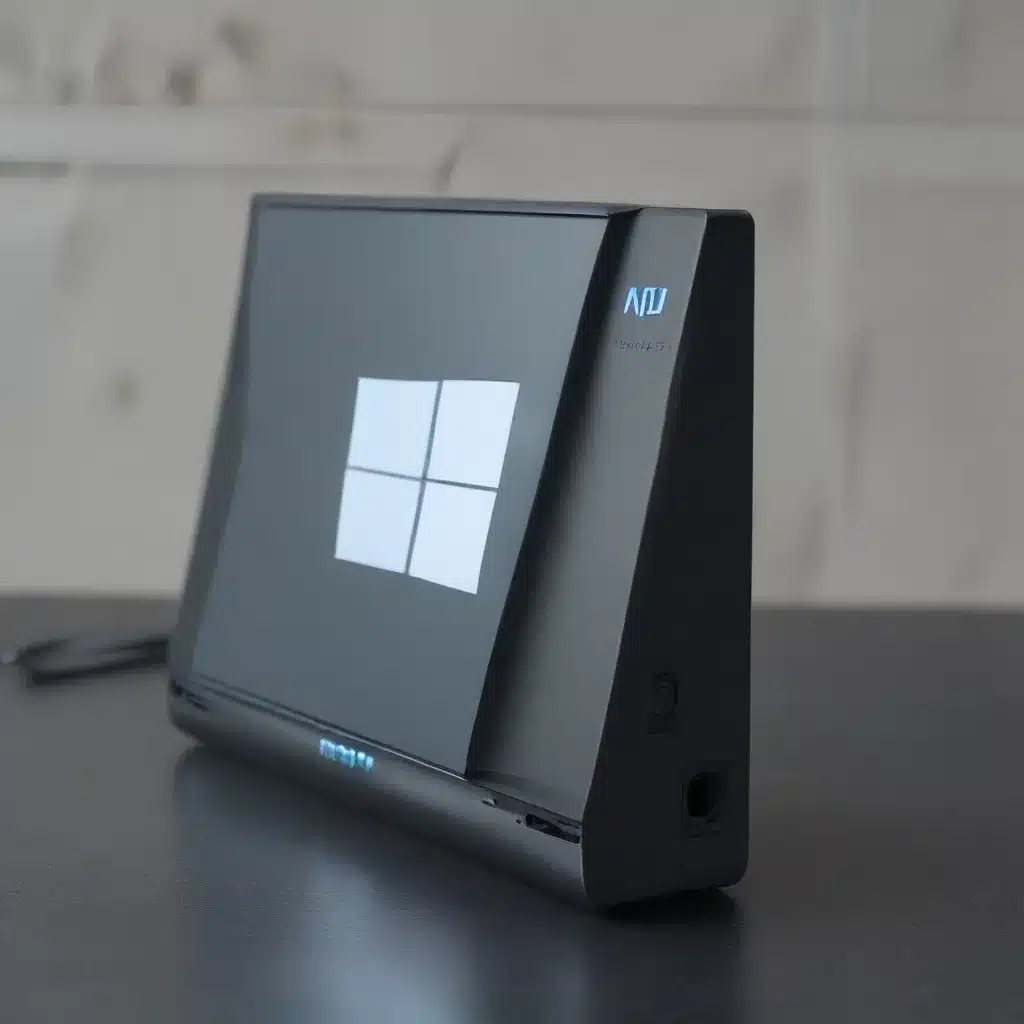
Upgrading to Windows 11: A Peripheral Predicament
As I sat in front of my computer, the familiar Windows 10 desktop staring back at me, I couldn’t help but feel a twinge of excitement. The newest version of Windows, the much-anticipated Windows 11, was finally available, and I couldn’t wait to upgrade. I had heard so many great things about the new features and improvements, and I was eager to dive in.
However, as I began the upgrade process, a nagging thought crept into my mind: what about my beloved peripherals? You see, I’ve carefully curated a collection of gadgets and gizmos over the years, from my trusty mouse and keyboard to my vintage joystick and vintage scanner. Would they all still work seamlessly with this new operating system?
Peripheral Compatibility: The Brave New World of Windows 11
As I delved deeper into the Windows 11 upgrade process, I quickly discovered that peripheral compatibility was a valid concern. According to reports on the Microsoft Answers forum, some users were experiencing issues with their peripherals after upgrading to Windows 11. Devices were being disabled or not functioning properly, leaving them frustrated and wondering if their beloved gadgets would ever work the same way again.
Determined to get to the bottom of this, I turned to the Tom’s Hardware forums, where I found a thread discussing similar problems. Apparently, the issue stemmed from a bug in the Windows 11 update that was causing some peripherals to reset or disconnect intermittently.
Navigating the Peripheral Compatibility Landscape
As I delved deeper into the problem, I discovered that the level of peripheral compatibility with Windows 11 varied widely. Some users reported that their devices worked flawlessly, while others encountered a range of issues, from reduced functionality to complete incompatibility.
To get a better understanding of the situation, I decided to do some research on the topic. I scoured the internet for information, and came across a thread on the Microsoft Answers forum that provided some valuable insights.
The Peripheral Compatibility Landscape: A Closer Look
According to the forum post, the level of peripheral compatibility with Windows 11 can vary depending on a few key factors:
| Factor | Impact on Peripheral Compatibility |
|---|---|
| Peripheral Age | Older peripherals may be more prone to compatibility issues, as they may not have been designed with the latest software and drivers in mind. |
| Peripheral Type | Certain types of peripherals, such as printers, scanners, and specialized hardware, may be more likely to encounter compatibility problems. |
| Peripheral Manufacturer | Some manufacturers may be quicker to provide updated drivers and software to ensure their products work seamlessly with the new operating system. |
| Windows 11 Version | Microsoft has been actively addressing peripheral compatibility issues with each subsequent Windows 11 update, so the specific version you’re running can make a difference. |
Ensuring a Smooth Transition: Tips and Tricks
Armed with this information, I knew that I needed to approach the Windows 11 upgrade with a bit of caution. While I was excited to try out the new features and improvements, I didn’t want to risk losing the functionality of my beloved peripherals.
My first step was to reach out to the manufacturers of my devices, both old and new, to inquire about their compatibility with Windows 11. Many of them had already released updated drivers and software, which I promptly downloaded and installed.
I also made sure to keep a close eye on my peripherals after the upgrade, monitoring for any signs of intermittent disconnection or reduced functionality. Thankfully, the majority of my devices worked without any issues, but I did encounter a few hiccups along the way.
In those cases, I turned to the wealth of online resources available, scouring forums and troubleshooting guides to find the best solutions. With a bit of patience and perseverance, I was able to get everything up and running smoothly, ensuring that my peripheral ecosystem remained intact.
Embracing the Future, One Peripheral at a Time
As I sit here, typing away on my trusty keyboard and navigating with my well-worn mouse, I can’t help but feel a sense of relief and satisfaction. The Windows 11 upgrade may have presented some initial challenges, but with a little bit of research and a lot of determination, I was able to ensure that my peripherals continued to work seamlessly with the new operating system.
Now, I can fully embrace the future, confident that my beloved gadgets and gizmos will continue to serve me well, no matter what technological advancements come our way. And who knows, maybe I’ll even discover a few new peripherals to add to my collection along the way – after all, the future of Windows 11 is surely bright, and I can’t wait to see what it has in store.
If you’re considering upgrading to Windows 11 and are concerned about your peripherals, I encourage you to take the time to do your research, reach out to manufacturers, and troubleshoot any issues that may arise. With a little bit of effort, you too can ensure that your peripheral ecosystem remains intact, ready to take on the brave new world of Windows 11.
And don’t forget, if you ever need a helping hand, the team at ITFix is always here to lend a hand. Happy upgrading, my fellow tech enthusiasts!












